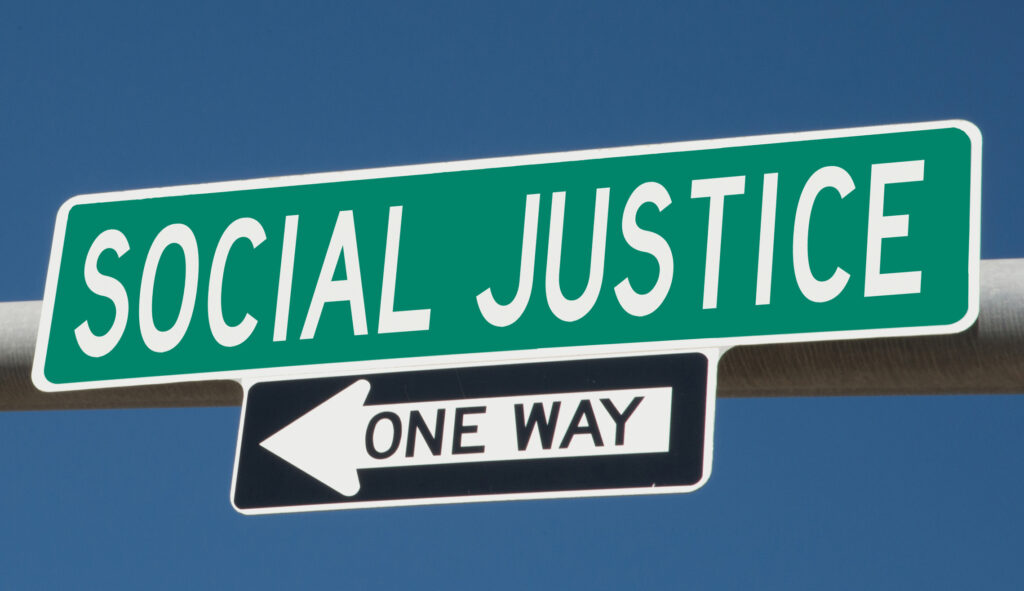Much Work Remains to Make Amherst an Equitable Community

Photo: istock
Liberatory Visioning Project Supports Conclusions of Community Safety Working Group
The Town of Amherst’s Liberatory Visioning Project, led by Dr. Barbara Love, author and Professor Emerita of Social Justice at UMass Amherst, issued its 19-page report in July, 2025. The report will come before the Town Council for approval this month. The conclusions of the report echoes those of the former Community Safety Working Group (CSWG) on the need to acknowledge historical and ongoing harm to marginalized communities and to create safe spaces for all residents of the town. The two-year visioning project involved several group listening sessions, individual interviews, and a community-wide survey for “members of the Town of Amherst to share their vision of a liberatory community that works well for everyone.”
The initiative stemmed from a recommendation from the October 2021 report of the CSWG, which stressed the need to dismantle white supremacy and heal the harm it has inflicted, in order to create a new vision for the community. The town’s Department of Diversity, Equity, and Inclusion aided in the conducting of the project.
According to the report, “Town members from all segments of the community were invited and encouraged to share their vision of a liberatory community—to realize a shared vision where equity, justice, and liberation are not just ideals, but lived realities for everyone.” The report states, “Liberatory consciousness is a framework for applying principles of equity, fairness, and social justice. Liberatory consciousness emphasizes the dismantling of systemic oppression and the creation of policies, services, and practices that are free from bias and discrimination. The reparations fund, staff workshops, and multicultural celebrations such as the Global Village are all part of the Town of Amherst’s commitment to transformation.” One project participant summarized: “a liberatory town ultimately requires ‘decolonization’—a process that embraces equitable sharing of resources and a recognition that the town’s celebratory history for some has been a history of exclusion for others.”
Beginning in 2023, 20 facilitators were trained to collect input from community members of wide-ranging demographics. Listening sessions were held at the Senior Center and at the high school. Much of the input received echoed the findings of the CSWG regarding the safety concerns for Black and Brown residents that extend beyond crime to include experiences of discrimination and profiling.
The report noted the need to address historical harm to marginalized populations as well as contemporary aggressions. As in the CSWG report, it noted the need for dedicated spaces such as a BIPOC cultural center for marginalized groups to provide a welcoming environment. The report also suggested reviving community centers such as the former Boys and Girls Club that closed with the pandemic, and other programs that engage young people in productive activities. Other suggestions were to fund local artists and cultural workers and to invest in gathering spaces, public places that foster a sense of belonging, multicultural celebration, and cross-community connection. The need for support of Black owned businesses and for a media presence to tell the often untold stories of Black residents were also named in the report.
Much of the feedback received in the listening sessions was similar to that gathered by the CSWG in its interviews with community members. It now remains for the town to achieve some of the goals expressed through ongoing actions. The report concludes, “It is anticipated that this community vision will inspire the development of new initiatives in Amherst that deepen and broaden the Town’s ongoing commitment to liberatory transformation. Initiatives such as expanding affordable housing, implementing culturally responsive education, developing inclusive community spaces and events, targeted policy reforms, enhancing social services, establishing ongoing engagement structures, implementing reparative justice initiatives, furthering reparations efforts, establishing resident oversight boards, and expanding DEI training are examples of such possibilities.”
It is not clear how the town will use the liberatory visioning report, but those who contributed hope that it will lead to ongoing programs and training to counteract the effects of longstanding structural racism.

*Thank you for recognizing the Amherst Boys and Girls club in your article. When we closed our doors for the pandemic, we had 113 youth that enjoyed our 2,100 square foot facility in various capacities throughout the 2019-20 school year. We had a fund raiser slated for March 20th or 22nd that had 200 community members committed to attending, called “Feast for the Future”.
*There is an appetite for a community youth center and we didn’t have all of the data from all of the youth that used our facility but it was somewhere between 73-79% of our youth in attendance represented the BIPOC community.
*It would be a dream to see a facility revived and I would certainly sign up to support the efforts again after devoting 11 years to the club.
Amherst Ancestral Bridges Foundation’s historical exhibits and library are open to the public at 29A Cottage Street in Amherst, at the corner of Cottage Street and Triangle Street. Ancestral Bridges is Amherst’s previously invisible Afro-Indigenous community telling their own story that dates back to Pre-Colonial times before the establishment of Amherst. I learned a lot by visiting them at 29A Cottage Street which I highly recommend to all. Their website at https://www.ancestral-bridges.org/ states as follows:
“Ancestral Bridges celebrates Black and Afro-Indigenous arts, history, and culture in western Massachusetts, and partners with communities to create opportunities for youth and intergenerational engagement. By honoring achievements that link our past and present, we pave the way for future progress. Ancestral Bridges serves as a living archive, celebrating the Black and Afro Indigenous roots of Amherst, Massachusetts and the broader Connecticut River Valley through arts, culture, and education. We also serve as a cultural center and community anchor, bridging curiosity and connections to our shared history.”